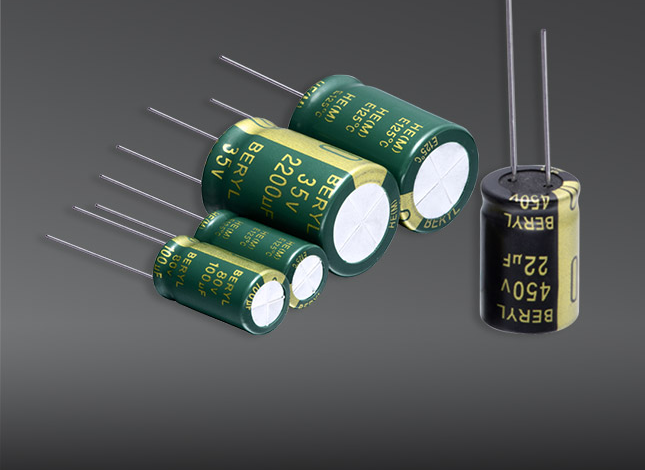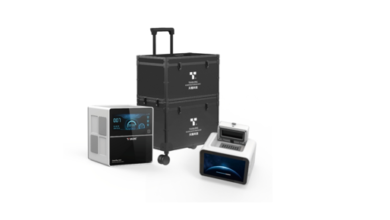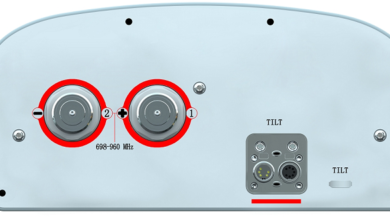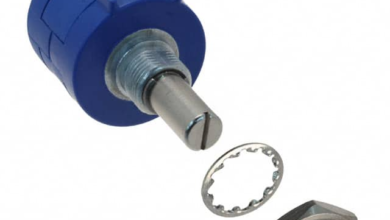The Difference Between Your Ordinary Capacitors And Aluminum Electrolytic Capacitors

Have you ever wondered what the difference is between aluminum capacitors and ordinary capacitors? We’ll walk you through the biggest difference between it and ordinary capacitors – using different dielectric materials.
History of Aluminum Electrolytic Capacitors
Aluminum electrolytic capacitors are newer types of capacitors with some unique properties. They are made from aluminum foil and an electrolyte solution, making them durable and tolerant to high voltages. They were first developed in the early 1900s but didn’t become popular until the 1970s. They are used in various applications, including electric vehicles, medical equipment, and telecommunications systems.
What are the Benefits of Aluminum Electrolytic Capacitors in Beryl?
- Durability – Aluminum electrolytic capacitors are known for their durability, which is why they’re often used in high-power applications such as electric cars and aircraft. They can withstand high temperatures and voltages without breaking down, making them a great choice for extended service life applications.
- Ease of use – Aluminum electrolytic capacitors are some of the easiest-to-use types of capacitors on the market. They have a flat top design, which makes them compatible with a wider range of equipment and circuit boards. Plus, they only require a minimal amount of soldering to install them into your project.
- Low power consumption – One of the main benefits of aluminum electrolytic capacitors is their low power consumption. This means they can be used in applications with lower power requirements, such as portable devices and gaming consoles.
Differences between aluminum electrolytic and ordinary capacitors
The first key difference between these two types of capacitors is their construction. Ordinary capacitors are made from various materials, including ceramic, polymer, and metal foils, while aluminum electrolytic capacitors are made entirely from aluminum. This makes aluminum electrolytic capacitors much lighter and more durable than ordinary capacitors. They also have a longer lifespan due to their lack of moving parts.
Another key difference between these two types of capacitors is their electrical properties. For example, ordinary capacitors store a large amount of electric energy, while aluminum electrolytic capacitors handle high currents with little power loss. This makes them perfect for applications where high current needs to be delivered quickly, such as in electronic equipment or motors.





